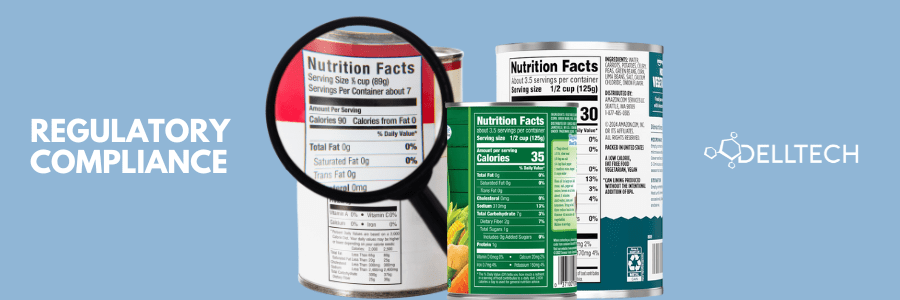By: Kirsten Alcock, Manager of Product Safety, email
At the SCHC conference in Washington DC, Kim Godard and Véronique Lalonde of Health Canada gave an update of where GHS stands in Canada. With this information, they advised that Health Canada is looking into providing “Hazardous Substance Assessments” for commonly used chemicals in Canada.
They described these Hazardous Substance Assessments (HSAs) as technical documents that describe the GHS classification of a chemical and place them into the categories outlined in the Hazardous Products Act (HPA). In accordance with the regulations in Canada, they are planning on providing HSAs with detail to advise on which of the 12 health hazards a chemical falls into as well as the 20 physical hazards.
The HSAs will provide transparency as to how Health Canada classifies certain chemicals under the HPA . The HSAs are expected to serve as an information source that can be used by suppliers or employers to help classify their own products and help with Health Canada inspection reviews.
They also advised that the HSAs will not represent a classification decision for a specific product. Ultimately you are responsible for providing the proper classification for your product as a whole. If there is more recent data available, one is expected to use this instead of the HSA. Should you have test data for your product as a whole, this will always trump the HSA information.
Ex. You have a product that contains a corrosive chemical for which Health Canada has given a category 1 classification on an HSA. If your product was tested in accordance with proper OECD tests and determined to be an irritant, the irritant classification must be used rather than calling is corrosive.
The HSA breakdown will be as follows:
- Identification
- Health Hazards
- Physical Hazards
- Regulatory and Other Information
Health Canada plans to establish a growing online repository of the HSAs beginning this year. No exact date has been provided at this point in time.
We will keep you all updated as news becomes available but for now Canadians are expected to classify their products based on the readily available information. There are many sources of information available online such as CCOHS and ECHA. If you need help with your classifications, we do offer a raw material classification service to our clients. Many of our clients have internal sources for creating SDSs but the raw materials themselves need to be classified properly first before you can do your assessment for your product as a whole. Please feel free to contact us for further information on our consulting services and how we can help keep your SDSs and labels in compliance.
Contact:
Dell Tech
Kirsten Alcock, B.Sc. (Hons)
Manager, Product Safety Group
519-858-5074
kirsten@delltech.com





